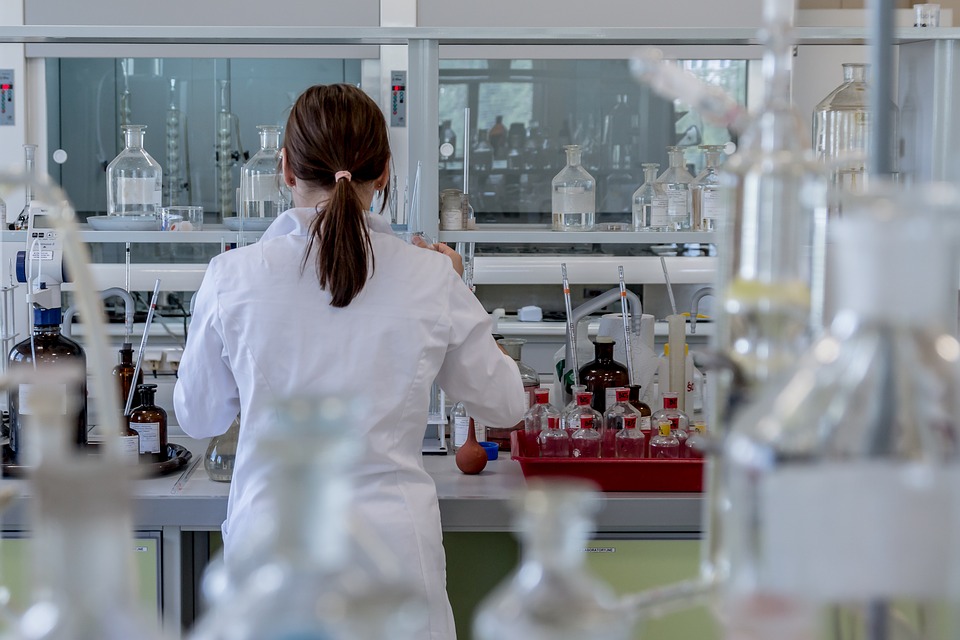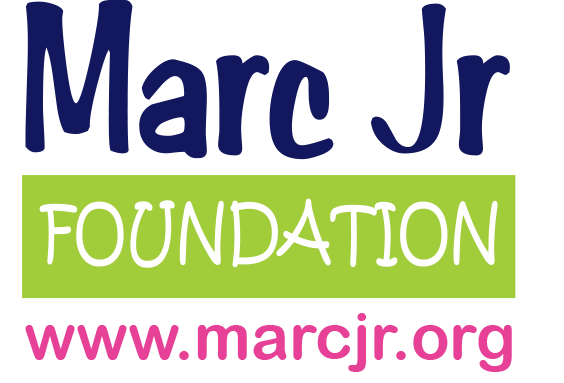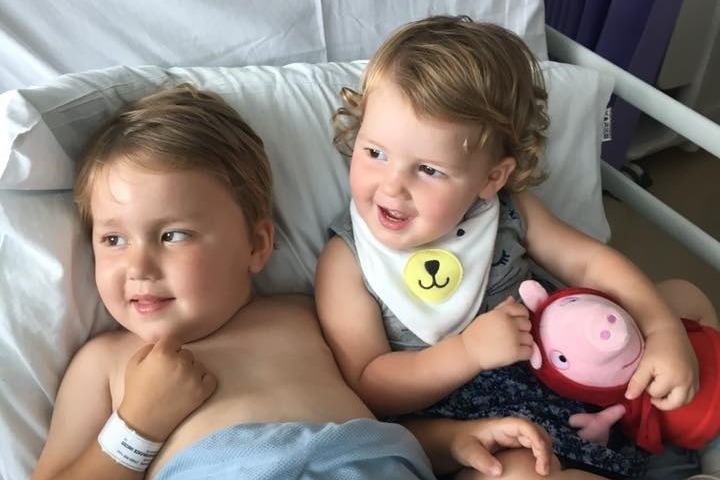Mahatma Gandhi rightly said, “The future depends on what you do today.” That is how it is with DIPG. Our efforts TODAY will shape TOMORROW.
Diffuse Intrinsic Pontine Glioma (DIPG) has no cure, so far. When we talk about the prognosis of DIPG there are two views to adopt. One the prognosis of a child diagnosed with it and two, the prognosis of the medical condition generally in the future.
When it comes to the prognosis for an individual, exact prediction of what will happen is not possible. The DIPG patient may survive for few months. About 10% of DIPG patients survive for two years . Radiation therapy may help to prolong the lifespan by few months. Also, the prognosis can change at several stages of your therapy. The average survival time is of 9 months.
Michigan Medicine’s Pediatric Brain Tumor Research Initiative recently conducted a study. The findings of this study pointed out that the extent with which the DIPG tumor penetrates the surrounding tissue in the brain plays a huge role in determining the prognosis.

Let’s make the prognosis of DIPG hopeful, not disappointing.
More studies like these are being conducted by researchers to understand the biology of DIPG and find a cure. The future for this looks bright. Revolutionary application of biotechnology and bioinformatics in the field of medicine can help cure DIPG. Work by people like Dr. Michelle Monje at Stanford University and Dr. Nicholas Vitanza at Seattle Children’s Hospital, along with many other researchers shows that we are close to finding a cure for DIPG. But there is still a long way to go.
A child diagnosed with DIPG sadly faces the same prognosis as a child did four decades ago. Which is why there is a need for more research and funding that can back that research. That is one of the aims we have at Marc Jr Foundation.
Read more:






0 Comments